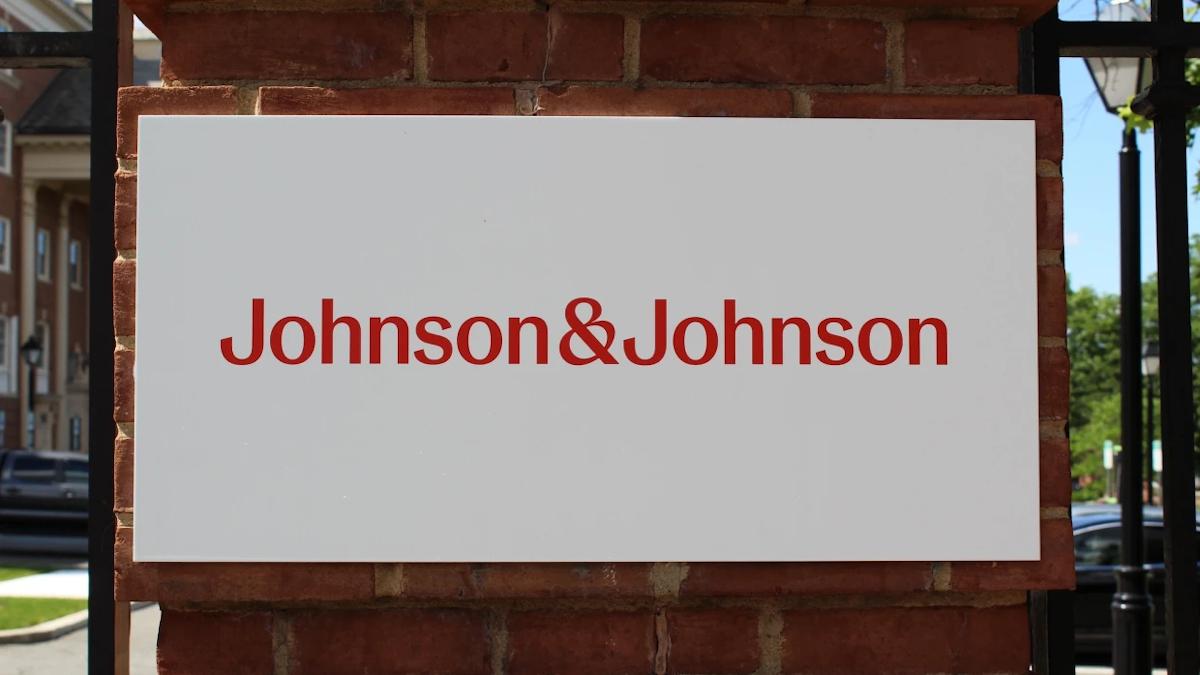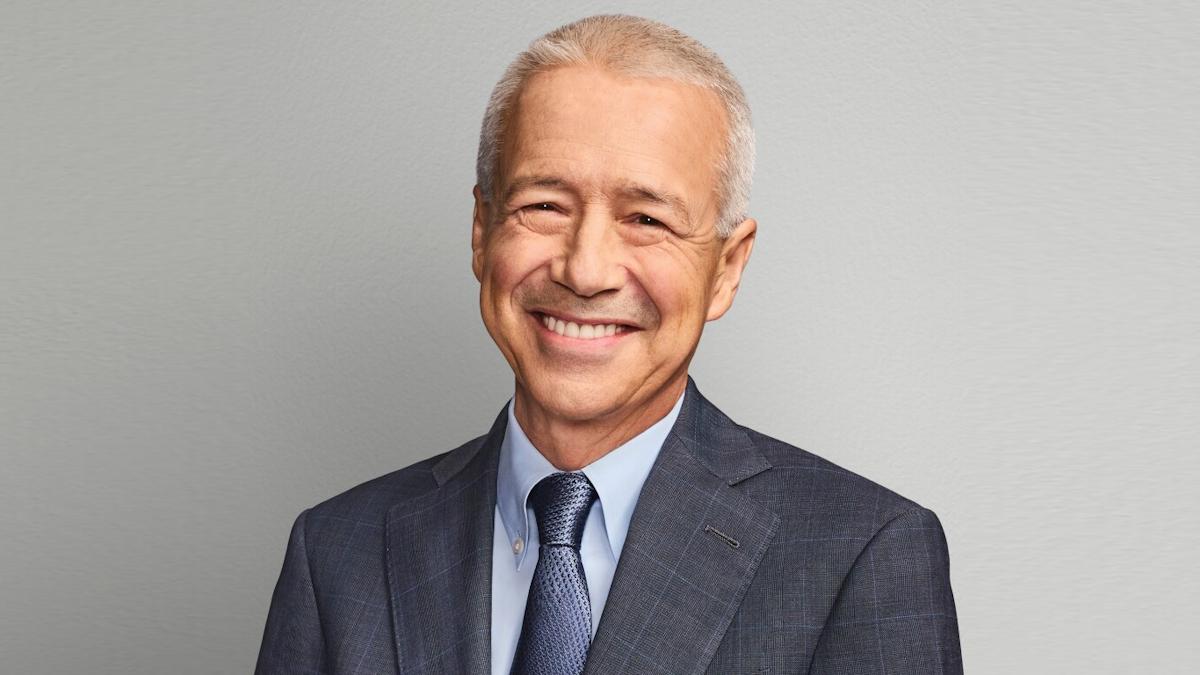J&J bids to extend prostate cancer uses for Akeega

Johnson & Johnson's fixed-dose combination of a PARP inhibitor and anti-androgen therapy, Akeega, has been filed for a new indication in prostate cancer that could broaden use of the drug into hormone-sensitive disease.
PARP inhibitors are already approved to treat metastatic castration-resistant prostate cancer (mCRPC), but J&J is currently in pole position in the bid to advance their use in patients with metastatic castration-sensitive prostate cancer (mCSPC), thanks to a positive readout from the AMPLITUDE study reported at this year's ASCO congress.
Akeega, which combines the active ingredients in GSK's PARP inhibitor Zejula (niraparib) and J&J's androgen blocker Zytiga (abiraterone), has been submitted for approval in the EU, its first regulatory filing for the new indication.
The drug has been approved for mCRPC since 2023, and while sales are not yet being broken out by J&J, it has been tipped by GlobalData to reach annual revenues of around $676 million by the end of the decade – assuming it gets approval as the first PARP inhibitor for mCSPC.
J&J has rights to niraparib in prostate cancer, and views the drug as a successor to Zytiga, once a $2.5 billion-a-year blockbuster, which has been hit by generic competition and saw sales fall nearly 29% to $631 million last year.
AMPLITUDE enrolled mCSPC patients with homologous recombination repair (HRR) mutations, and showed that Akeega significantly reduced the risk of tumour progression or death by 37% compared to Zytiga, both given on top of prednisone or prednisolone. There was also a trend to improved overall survival – a 25% gain for BRCA patients and 21% for the overall group – which is being tracked to see if it becomes significant with further follow-up.
When the results were released at ASCO, there was some debate about whether J&J would be able to file for approval on the strength of the study, as there was a disparity in the data between two patient subgroups – those with and without BRCA mutations
The greatest benefit was observed in the BRCA-positive subgroup, with a 48% reduction in radiographic progression-free survival (rPFS), which decreased to approximately 20% in non-BRCA patients.
At ASCO, AMPLITUDE lead investigator Gerhardt Attard of University College London (UCL) said the non-HRR result showed clear efficacy, but also exposed the highly heterogeneous nature of HRR-positive mCSPC, which also includes mutations in other genes like CHEK2 and PALB2, that can lead to diverse responses to therapies.
With its new filing, J&J seems to have set aside concerns about activity in non-BRCA patients, submitting Akeega for approval with a broad HRR-positive label claim.
Competition from other PARP inhibitors in mCSPC could be on the way, though. AstraZeneca currently leads the PAP market with MSD-partnered Lynparza (olaparib), but is developing a next-generation PARP1 inhibitor, saruparib, for HRR-mutated mCSPC patients in the phase 3 EvoPAR-PR01 trial.
Meanwhile, Pfizer's Talzenna (talazoparib) is in the late-stage TALAPRO-3 study in combination with Xtandi (enzalutamide) as a treatment for patients with DNA damage response-deficient mCSPC.












